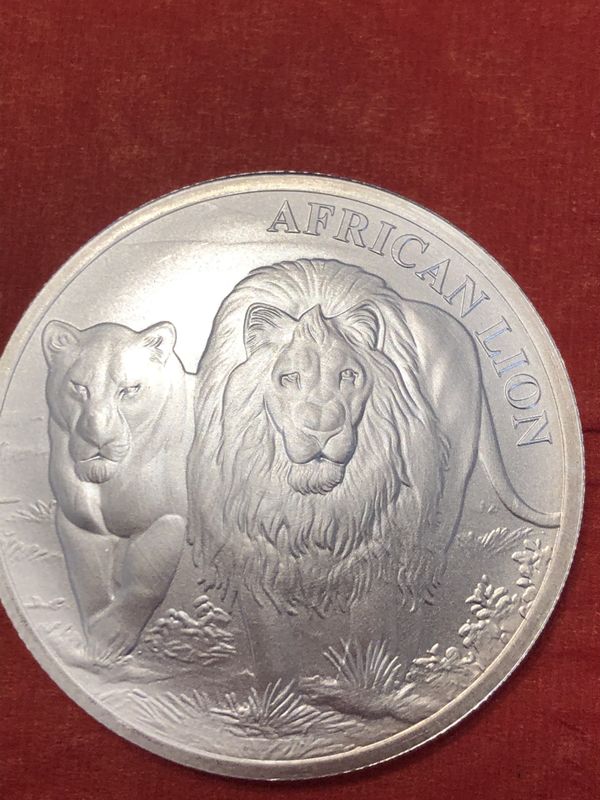

By comparison, twenty-five one-ounce gold bullion coins in tubes would take up a space of approximately 3-1/4″ X 1-1/2″ X 1-1/2″, less than one-fifth the space needed for twenty-five one-ounce gold bars in their factory case. Each bar is individually encased a container of twenty-five one ounce gold bars measures 7-1/2″ X 4″ X 2-1/4″. Both come twenty-five bars to a container. Perth Mint and PAMP one-ounce gold bars are readily available. At times, the difference in mark-ups between one-ounce gold coins and one-ounce gold bars can be $40 an ounce. The primary reason for buying one-ounce gold bars instead of one-ounce gold bullion coins is to buy “cheaper gold,” i.e., gold with a smaller market up over spot. Investors buying less than one hundred ounces may want to buy 1-oz gold bars or 100-gram gold bars, both of which will offer greater flexibility when it comes time to liquidate. Ten-ounce gold bars are often bought by investors buying several hundred ounces. For now, though, PAMP and Perth Mint 10-oz gold bars dominate the 10-oz gold bar market.

Occasionally, other accepted hallmarks, such as Johnson Matthey or Engelhard or Metalor, gold bars show up. The most most readily available ten-ounce gold bars are thePAMP bars and the Perth Mint bars.

The Royal Canadian Mint recognizes this and does not issue certificates. Actually, the PAMP certificate is superfluous the real “certificate” is the PAMP hallmark on their gold bars. RCM bars do not come with either protective cases or certificates. PAMP kilo gold bars come in protective plastic cases and usually with certificates. The most commonly available kilo gold bars are the PAMP and the Royal Canadian Mint (RCM) gold bars. The metric system is the primary weight (and measurement) system used other parts of the world. In the metric system, a “kilo” is short for kilogram, the base unit of mass in the International System of Units, commonly called the metric system. 9999 fine (99.99% pure) and contain 32.15 troy ounces each. However, usually the premiums on 100-gram gold bars are less than the premiums on 10-oz gold bars. Buying 100-gram bars provides investors more flexibility when it comes time to sell.Īs a rule, smaller gold bars carry larger mark-ups over spot. Investors wanting low premium gold bars may want to consider the 100-gram gold bars, which carry premiums only slightly higher than kilo gold bars. In the space it takes to store twenty-five 1-oz gold bars (in their packaging from the refinery), six Royal Canadian Mint kilo gold bars (192.90 ounces) could be stored. That is because kilo gold bars are easier to store than are 1-oz gold bars. Whereas a few years ago only 1-oz and 10-oz gold bars were available, today kilo gold bars are commonly bought by large investors. Gold bars for sale include 1-oz gold bars, 10-oz gold bars, kilo gold bars, and 100-gram gold bars.


 0 kommentar(er)
0 kommentar(er)
